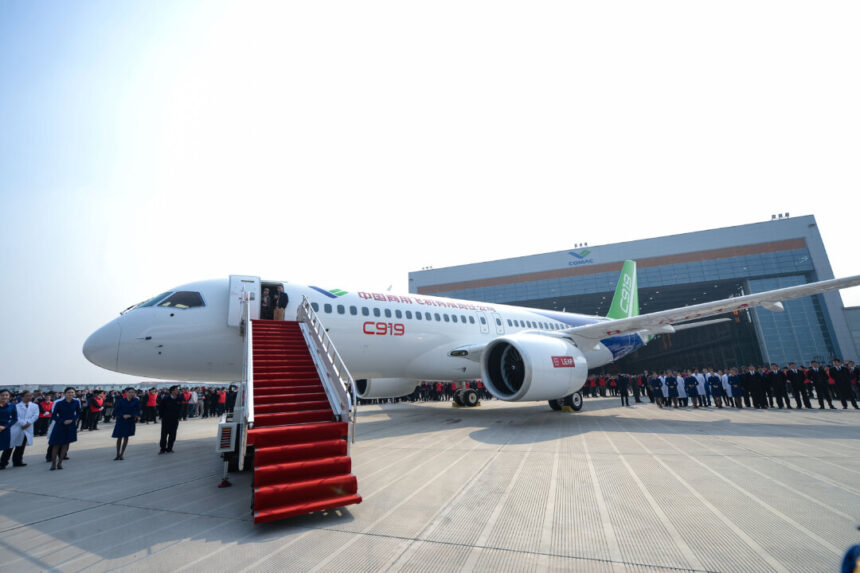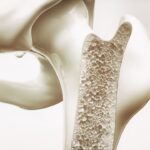Commentary
The global commercial airline market has been dominated by Boeing and Airbus since the 1990s. The competition between these two giants has been intense, with orders and production numbers fluctuating between them. However, recent issues have caused Airbus to pull ahead of Boeing, including fatal accidents, quality control problems, and flight incidents. Airbus has consistently outperformed Boeing in aircraft deliveries in recent years.
Chinese aerospace manufacturer Comac is now emerging as a potential competitor to the Boeing-Airbus duopoly. Despite being blacklisted by the U.S. government, Comac has made significant strides with its C919 aircraft, securing major orders from Chinese airlines. However, challenges remain, including certification delays and reliance on foreign parts.
The backlog of aircraft orders for Airbus and Boeing has created an opportunity for Comac to enter the market. The recent engineering issues faced by Boeing have also raised concerns, providing Comac with a chance to establish itself as a viable alternative in the industry. Additionally, reports of fake titanium parts from China being used in Airbus and Boeing jets highlight the complexities of ensuring the authenticity and quality of aerospace materials.
An Italian company received titanium and certifications from a Turkish supplier, which were originally sourced from a Chinese supplier. These materials were intended for further processing into parts for the Boeing and Airbus supply chain. However, it was later discovered that the titanium and certifications appeared suspicious, sparking an investigation.
Boeing and Airbus, facing a significant order backlog, are now grappling with the issue of counterfeit parts. Boeing, in particular, is facing challenges in quality control. These developments may create an opportunity for the Chinese C919 aircraft, especially with airlines from regions less reliant on Western certifications.
Please note that the opinions expressed in this article are solely those of the author and may not necessarily align with the views of The Epoch Times.
Source link





